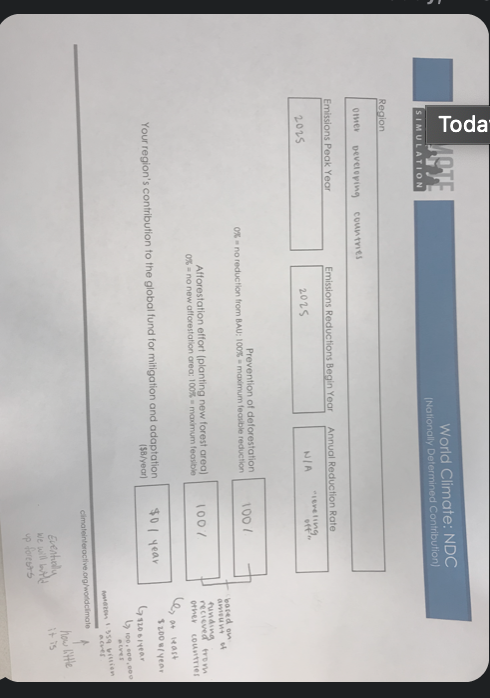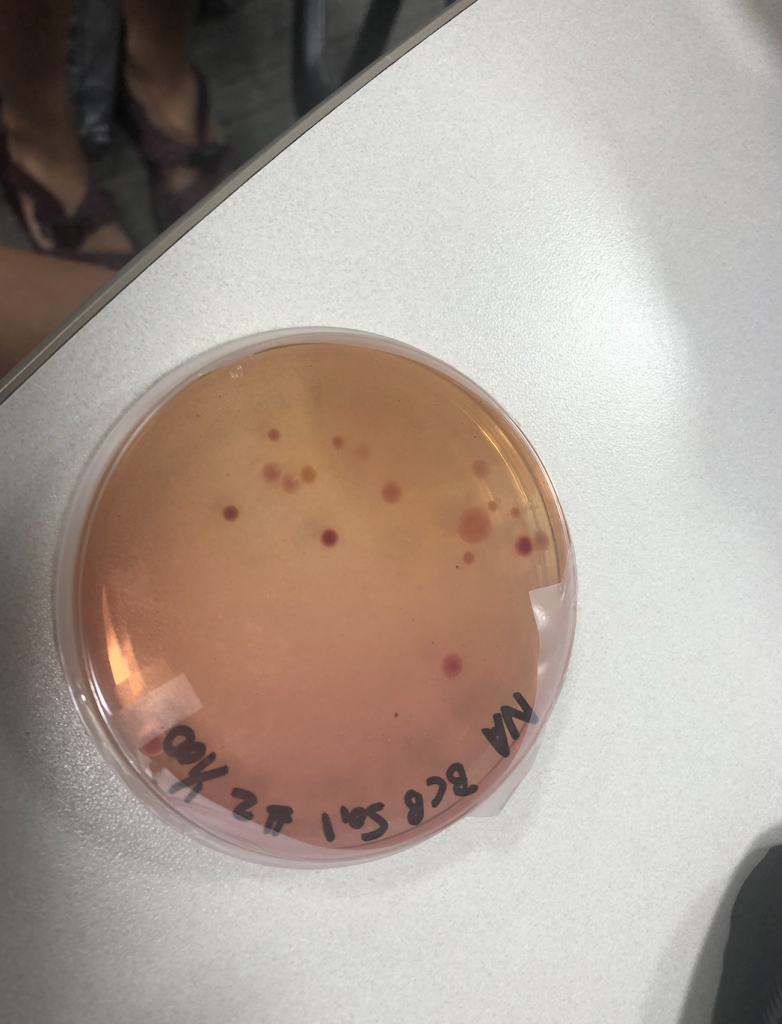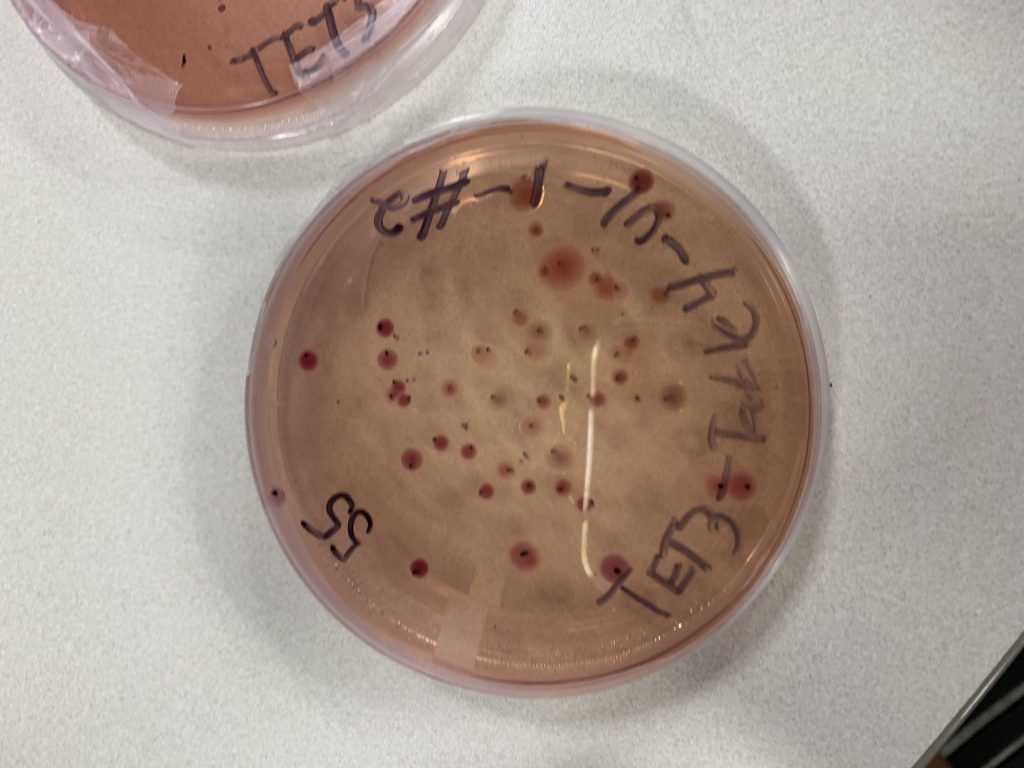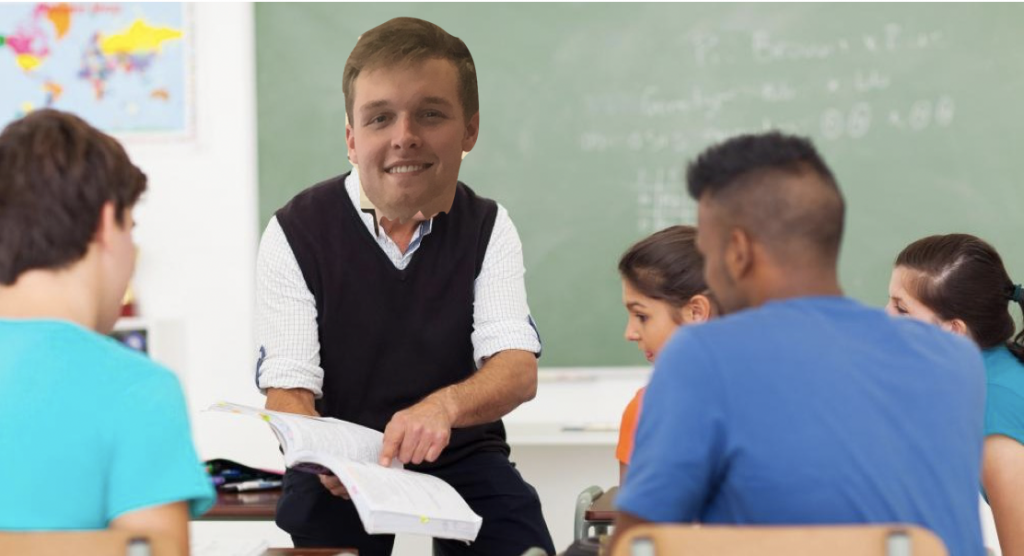By Eryn Hasty
When I played my role in the policy exercise, I felt shocked. I could not believe how much effort it was going to take from every single country in order to lower us to lower the global temperature increase by 2100.
As the rounds progressed my feelings grew stronger, and honestly more frustrated. I was part of India, who initially was one of the lowest contributing country to CO2 emissions. On the other hand, most of our country is in poverty so we needed money if we wanted to work towards lowering our emissions rates even more. I became frustrated because there were many countries who had much higher rate, but also many more resources who became very stubborn as the process developed. The other nations needed them to lower their rates, but they did not give in much. It took so much negotiating.
My group evolved our negotiations and ideas across the debate from asking for less money for India. This change was prompted because we realized that there were much needier countries who were also asking for something, and we needed to team up with them in order to get money from larger developed countries as well as have them lower their emission rates. We teamed up with the other developing countries and split the money contributed by the other countries in order to work towards lowering our emissions more.
Emissions can absolutely be cut, but I do not know how effectively and efficiently they can e cut in order to get out temperature increase well under the 2 degrees Celsius we were aiming for. Negotiations become very tricky, and for us to lower by that much all of the countries would need to be a lot more generous with their promises to cut emissions and prevent deforestation/promote afforestation.
The biggest barrier we faced personally is our lack of money and difficulty getting the larger countries to provide to our efforts. We already had low emission rates which was beneficial, but we also had no money and majority of our country is in poverty. Because of this we were asking for money to help relieve the costs of our environmental efforts and benefit our citizens.
In my opinion, in order for us to catalyze change we must do everything we can to lower our emissions rate. To the best of our ability the citizens and government can switch to solar power and electric power that does not emit harmful CO2 into our environment. We can also create more green space instead of these concrete jungles we keep spreading. We could also work towards aiding developing countries, so they have the opportunity to change their ways as well. If we do everything we can then that is better than doing nothing.






